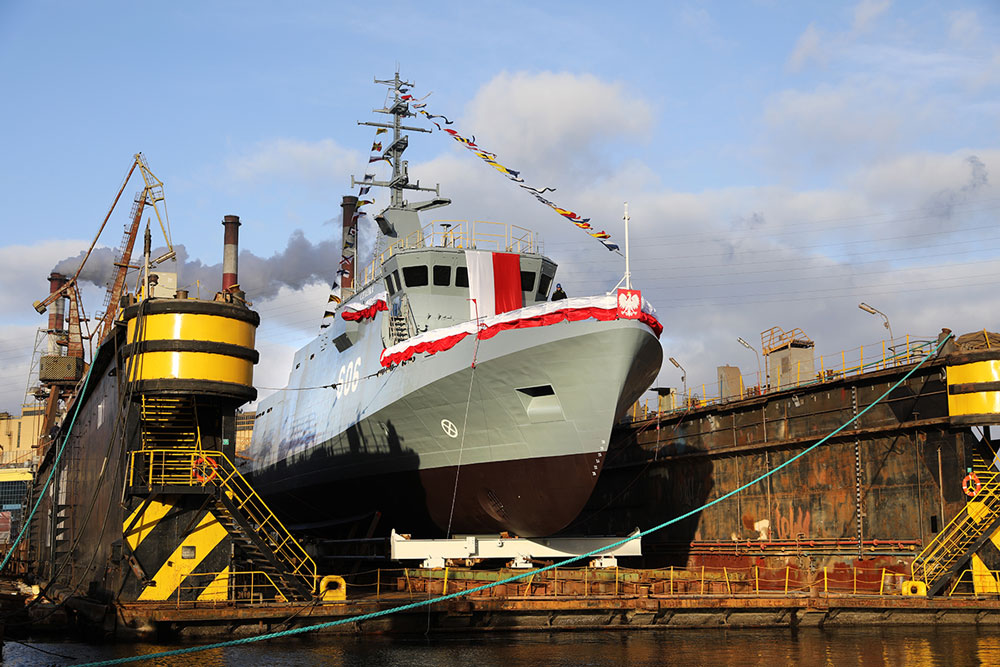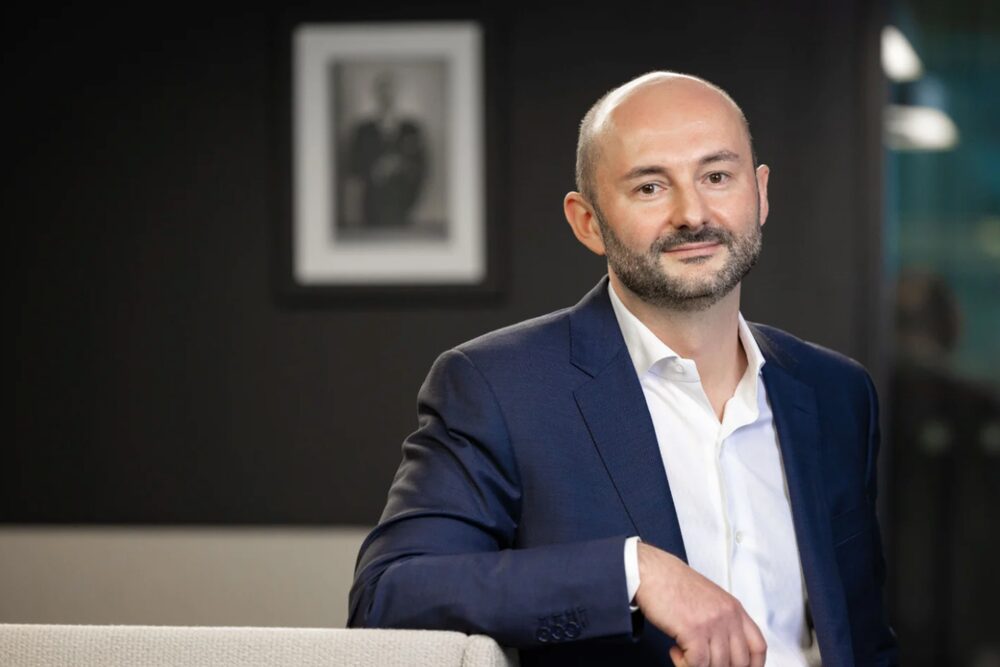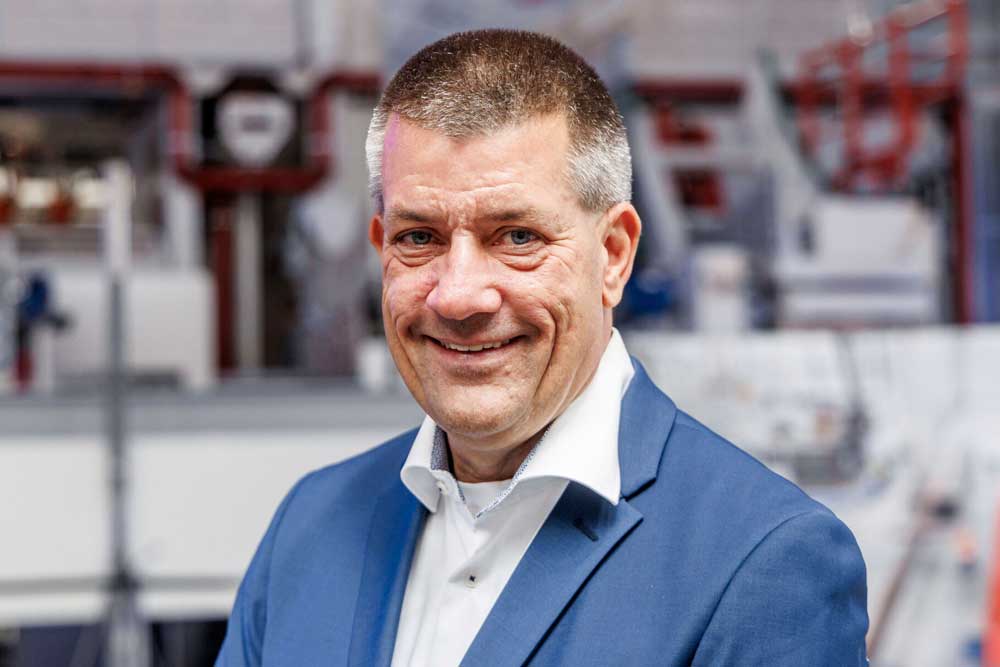Opportunistic and short-term? As rates in the transpacific business are rising due to the crisis in the Red Sea, carriers are expanding their capacity there, including the Chinese shortsea shipping company Hede Shipping and Matson from the USA.
Hede Shipping, a subsidiary of the Hebei Port Group, is launching a service between Shanghai and Los Angeles using the 3,426 TEU vessel “Bfad Atlantic”, which was chartered by Bridgefort Maritime.
Built by HDW in Kiel in 2010, the vessel is scheduled to arrive at Los Angeles’ West Basin Container Terminal on 3 April.
The transpacific move marks Hede’s first entry into the long-haul sector. Founded in 2008, the company has focused on transporting containers on China’s inland waterways and between China, South Korea, and Japan.
However, many regional operators ventured into long-haul transportation when container freight rates soared to historic highs during the Covid-19 pandemic, only to discontinue these services when rates gradually levelled off in 2022. Last year, Hede joined several opportunistic operators in launching a service linking China with Russia’s Far East, after the major liner operators largely suspended services to that country following the invasion of Ukraine.
Meanwhile, the American shipping company Matson Line has expanded the capacity of its service between Shanghai and Long Beach by another ship on the Matson Asia Express (MAX) line, which is currently served by five ships. The sixth ship has been added to the MAX service, and Dutch Harbor has been a new call since March 10. The revised rotation: Ningbo, Shanghai, Long Beach, Dutch Harbor and Ningbo. Six ships with capacities between 2,800 and 4,250 TEU will be deployed. The transit time from Shanghai to Long Beach is still 11 days.
More ships in transpacific traffic
255 ships with 2.3 million TEU are currently operating between the Far East and the US West Coast on transpacific routes, 4% more than a year ago. On the Far East-US East Coast route, there are now 271 ships with 2.8 million TEU, almost 17% more than last year.
However, the latest Baltic Exchange report points out that freight rates have fallen due to the seasonal lull after the Chinese New Year, although they are still higher than last year. The Shanghai Containerised Freight Index showed that rates for the Shanghai US West Coast fell 5% from the previous week to USD 4,039/FEU on March 8, while rates for the Shanghai US East Coast fell 2% to USD 5,608/FEU.
Record deliveries of newbuildings are expected to dampen expectations of further rate increases, even though the Red Sea crisis has absorbed a large amount of tonnage as many operators have diverted vessels around the Cape of Good Hope.
Vespucci Maritime’s founding managing director, Lars Jensen, wrote in the Baltic Exchange report that no operators have had to pull ships from the transpacific to deploy them in Asia-Europe routes, proving that there are enough ships to go around. “The initial disruptions in vessel and equipment availability have now largely been resolved. Of course, the detour ties up a considerable amount of capacity, but not so much that there is a serious capacity shortage,” says Jensen. (PL)














